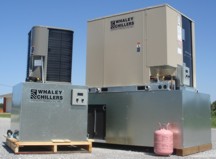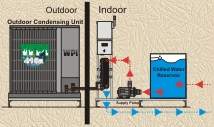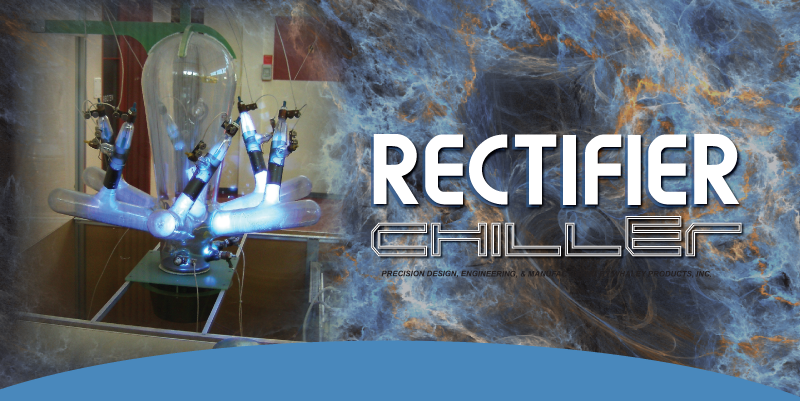History of Rectifiers and Its Evolution
From the 1880’s rectifiers have created an identity and a field in of itself. The evolution of rectifiers has created methods for power electronics. This first diode used in a rectifier circuit was created in 1883. C.T. Fritts used selenium to create this two terminal element. Selenium, or Se is a nonmetal that rarely occurs in an elemental state, or as a pure ore. Discovered by Jons Hacob Berezelius, selenium is used in a few of today’s DC power surge protectors.
With the introduction of vacuum diodes, introduced in the early 1900’s, rectifiers were limited. A vacuum diode is a direct that has an electron valve that supports the current flow through only one direction. With adaptations like mercury arc tubes, rectifiers allowed for multi- megawatt power levels. In 1904 Charles Proetus Steinmetz published a paper on wave forms, and duplication of wave forms in the rectifying system. Vacuum diodes are limited by low current density.
An improvement upon the vacuum diode is was the introduction of mercury arc tubes. Mercury arc tubes created way to use larger multi megawatt power levels. These mercury arc tubes where called rectifier tubes. Over the evolution of rectifiers, better materials have been introduced. For example, Germanium was used, but is more sensitive to high temperatures. Gallium rectifiers have replaced the Germanium rectifiers and are used in commercial areas. Other compound materials are still being experimented on to find the right properties that are needed for rectifiers.
 Packaged Chillers Non-expandable (integrated pump tank) 1.5Ton – 20Ton Single / Dual Circuits Single / Dual Pumps |
 SAE Series Modular Chillers Expandable (pump & tank on separate skid) 1.5Ton – 200Ton Single / Dual Circuits |
 SAR Series Split Chillers Expandable (Outdoor Condensing Unit) (pump, tank, evaporator on indoor skid) 1.5Ton – 200Ton Single / Dual Circuits |

